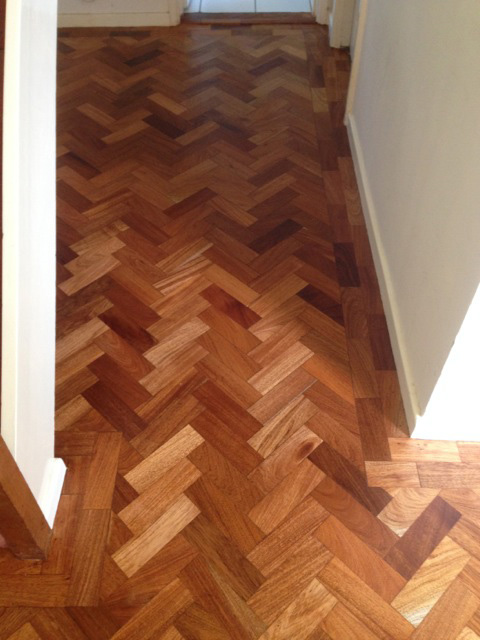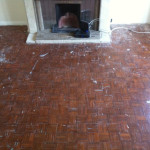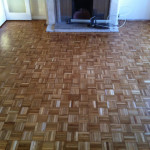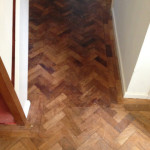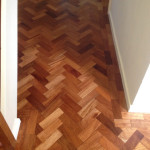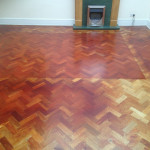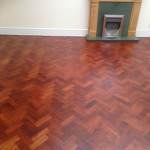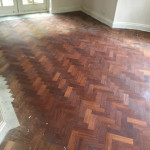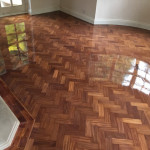Expertly Sanding Wood Flooring for Stunning Results
Wooden floors are renowned for their timeless beauty and durability. However, they can become worn, scratched, and dull over time. At Maxymus Floor Sanding, we specialize in the art of sanding wood floors to revive their natural splendour. With the use of high-quality wood floor sanders and our expertise in the field, we can transform tired and damaged wooden floors into stunning features in any space. Join us as we explore the process of sanding wood flooring and discover the key role of a sander for wooden floors in achieving exceptional results.
The Significance of Sanding Wooden Floors
Restoring the Beauty and Integrity
Wooden floors endure constant traffic and wear, resulting in stains, scratches, and general signs of ageing. Sanding wood floors is a vital step in their restoration process as it removes the damaged surface layer and reveals the fresh, unblemished wood underneath. By eliminating imperfections, sanding revitalizes the flooring, enhancing its natural beauty and structural integrity.
Achieving a Smooth and Even Surface
Sanding wood floors is crucial for creating a smooth and even surface. Unevenness, caused by wear or previous finishes, can be addressed through sanding, ensuring a level foundation for refinishing. This process eliminates irregularities, providing the ideal canvas for applying a new finish that will enhance the aesthetic appeal of the floor.
The Role of Wood Floor Sanders
Wood floor sanders are essential tools in the process of sanding wood floors. These specialized machines are designed to remove the old finish, smooth out imperfections, and restore the surface to its original glory. By utilizing the power and precision of wood floor sanders, professional sanders can achieve remarkable results, breathing new life into worn and tired wood flooring.
The Process of Sanding Wood Floors
Preparing for Sanding
Before initiating the sanding process, proper preparation is crucial. Clear the room of furniture and other items to allow unobstructed access to the wood flooring. This ensures a seamless sanding process and protects your belongings from potential damage.
Ensuring Safety Measures
Sanding wooden floors generates dust and noise. To ensure safety and comfort during the process, it is essential to take certain precautions. Wear protective goggles, a dust mask, and ear protection to safeguard yourself from dust particles and reduce noise-related discomfort. These measures create a safe environment for both you and the sanding professionals.
Selecting the Right Wood Floor Sandpaper
Choosing the appropriate sandpaper for sanding wood flooring is vital. The selection depends on the condition of the wood flooring. For heavily damaged or uneven surfaces, begin with a coarser grit, such as 40 or 60. As the sanding progresses and the floor becomes smoother, transition to finer grits, such as 80 or 100, for a polished finish. Adhering to the manufacturer’s recommendations for sandpaper and the wood floor sander ensures optimal results.
Employing Effective Sanding Techniques
Achieving exceptional results requires employing proper sanding techniques. Hold the wood floor sander firmly with both hands, allowing it to glide smoothly over the wood surface. Move the sander in a consistent, controlled motion along the grain of the wood, avoiding excessive pressure. Overlapping each pass ensures uniform sanding across the entire floor, guaranteeing a flawless finish.
Progressing through Sanding Stages
Sanding wood floors is a multi-stage process that involves gradually refining the surface. Begin with the coarsest sandpaper grit to address deep scratches and imperfections. As the sanding progresses and the surface becomes smoother, transition to finer grits, continuously sanding wooden floors to achieve a polished appearance.
Emphasizing the Beauty: Sanded Wood Floors and Finishing Touches
Cleaning the Sanded Surface
Once the sanding process is complete, thorough cleaning is essential. Remove all dust and debris from the floor, ensuring a clean surface for the finishing touches. Use a vacuum cleaner or a soft brush to eliminate any remaining particles that could interfere with the application of finishes.
Applying the Chosen Finish
Selecting the right finish for sanded wood floors is a critical step in the restoration process. Whether opting for varnish or oil, choose a finish that aligns with your aesthetic preferences and maintenance requirements. Apply the finish according to the manufacturer’s instructions, using a brush, roller, or applicator pad. Multiple coats may be necessary for optimal results, with sufficient drying time between each coat.
Curing and Maintenance
After applying the final coat of finish, allow adequate time for curing. Avoid walking on the newly finished floors until they are fully cured to prevent any damage to the surface. Implement regular cleaning and maintenance practices, using appropriate wood floor cleaners and protective pads on furniture to preserve the beauty of the sanded wood floors.
Conclusion
Maxymus Floor Sanding is dedicated to reviving the charm of wood flooring through professional sanding techniques. By employing wood floor sanders and our expertise in the field, we restore worn and damaged wooden floors, elevating them to their former glory. The process of sanding wooden floors, accompanied by meticulous attention to detail, results in stunning transformations that breathe new life into any space. Trust Maxymus Floor Sanding for expert wood floor sanding services, and experience the beauty and durability of sanded wood floors in your home or business environment.



